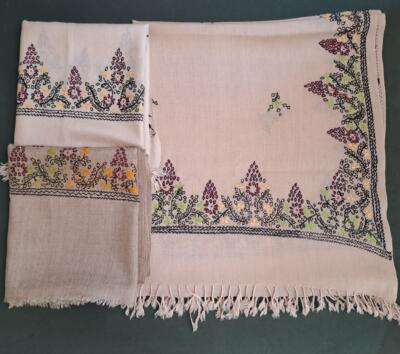
Embroidery patches, with their vibrant colors, intricate designs, and versatile applications, have become a popular means of personal expression, storytelling, and fashion customization. From adding a playful touch to denim jackets to showcasing affiliations on uniforms, embroidery patches have carved a niche in the realm of personal style. This article unravels the world of embroidery patches, exploring their history, diverse applications, and the creative potential they offer to individuals and communities.
A Historical Tapestry:embroidery patches
The history of embroidery patches is interwoven with the rich tapestry of textile artistry. Embroidery itself has ancient origins, and the concept of creating patches for functional or decorative purposes dates back centuries. Originally, patches were used to mend or reinforce garments, but over time, they evolved into intricate works of art, reflecting the cultural and artistic nuances of different regions.
Diverse Applications:embroidery patches
Embroidery patches have found a myriad of applications across various domains:
- Fashion and Apparel: Patches are a popular embellishment for clothing items such as denim jackets, jeans, and hats. They allow individuals to personalize their wardrobe, transforming everyday items into unique and expressive pieces.
- Branding and Logos: Businesses and organizations often use embroidered patches as a form of branding. From company logos on uniforms to promotional patches on merchandise, these patches serve as visual identifiers and contribute to brand recognition.
- Affiliations and Identity: Embroidery patches are frequently employed to signify affiliations, memberships, or achievements. Military uniforms, scout attire, and academic jackets often feature patches that symbolize rank, merit, or belonging to a specific group.
- DIY and Craft Projects: The accessibility of embroidery patches has fueled a surge in do-it-yourself (DIY) and craft projects. Enthusiasts can purchase ready-made patches or create their own designs, adding a personalized touch to handmade items like tote bags, quilts, or home decor.
- Cultural and Artistic Expression: Artists and designers use embroidery patches as a medium for cultural expression and artistic exploration. Patches become canvases for intricate designs, social commentary, or visual storytelling.
Creative Potential:embroidery patches
The creative potential of embroidery patches lies in their adaptability and versatility. With a plethora of designs, sizes, and color options, individuals can experiment with their style, curate thematic collections, or even embark on collaborative projects. The ability to mix and match patches allows for a dynamic and ever-evolving means of self-expression.
DIY Culture and Customization:embroidery patches
The rise of DIY culture has significantly contributed to the popularity of embroidery patches. Online platforms, social media communities, and local craft stores offer resources and inspiration for individuals to create their own patches. This culture of customization aligns with the desire for unique, one-of-a-kind items that reflect individual tastes and stories.
Sustainability and Upcycling:embroidery patches
Embroidery patches also align with the principles of sustainability and upcycling. By incorporating patches into clothing items, individuals can breathe new life into old garments, reducing waste and contributing to a more sustainable approach to fashion.
Conclusion:
Embroidery patches, with their rich history and diverse applications, have become more than just embellishments; they are a form of personal storytelling. Whether adorning a vintage jacket, representing a brand, or serving as a canvas for artistic expression, embroidery patches allow individuals to wear their stories on their sleeves—quite literally. As the culture of personalization and self-expression continues to thrive, the art of embroidery patches stitches together a narrative of creativity, identity, and the ever-evolving landscape of personal style.
Leave a Reply